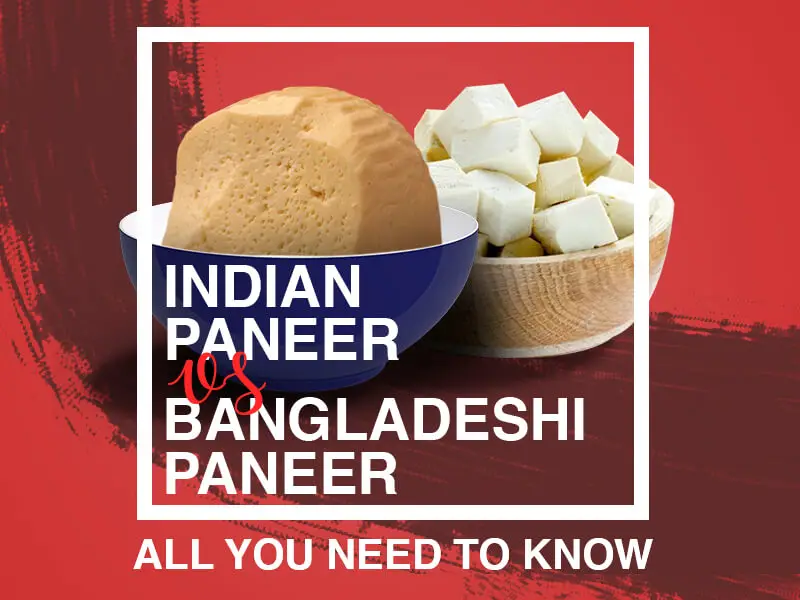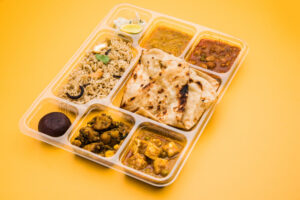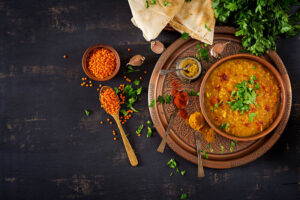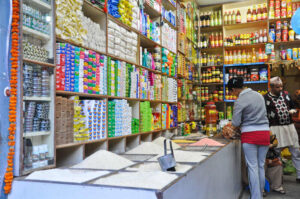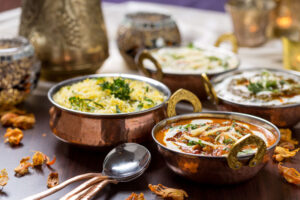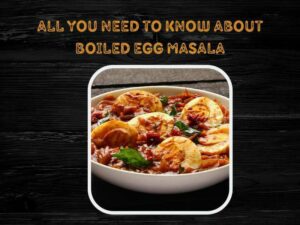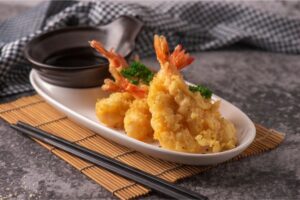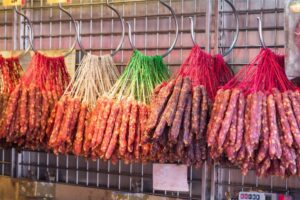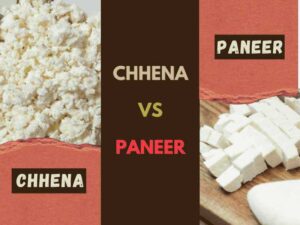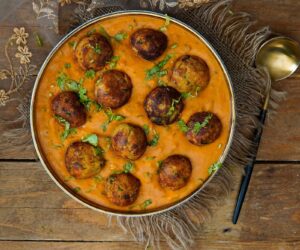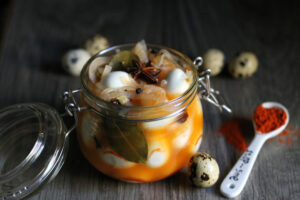Indian paneer vs Bangladeshi paneer: The roots of paneer are extensively debated, with theories ranging from Ancient Indian to Afghan Iranian to Portuguese-Bengali inventions. Nevertheless, it has been referenced in Vedic Literature as long back as 6000 BC.
Ponir or Chhena are the names given to paneer in Bangladesh. Bangla Traditional milk solid recipes in India, Pakistan, and Bangladesh, whether for appetizers, main courses, or desserts, mainly center on homemade fresh cheese.
Bengali vegetarian popular dishes and sweets abound to name a few sandesh mishti, chhena goja, chhana murki, and each one is distinct due to the little details that distinguish them from one another.
Indian Paneer vs Bangladeshi Paneer: Similarities
Two types of cheese are widely found in eastern India: ponir (a hard paneer) and chhana or chhena (a soft paneer). Ponir is a salty semi-hard cheese created in Bangladeshi countryside, as well as in India’s Orissa and West Bengal. Its harsh flavor and high salt content contrast with chhana/chhena, which is softer and milder.
They are quite different from one another. The only thing common between them is how they look. Bangladeshi paneer looks like a normal slab of Indian paneer.
Indian Paneer vs Bangladeshi Paneer: Differences
Known as paneer in India, this delightful fresh paneer cheese is absolutely excellent for soaking up the rich flavors of curries, and it is also a great vegetarian option. There are many different types of Indian cheese.
Taste & Texture
The Indian Paneer is a freshly made unsalted cheese (mostly cream-colored or white). When it comes to some excellent food that is easily adapted, paneer is one of the best. It quickly absorbs the powerful flavors of other ingredients while preserving its own delicate, milky, and creamy texture. To know about the health benefits of paneer, go through low-fat vs full-fat paneer article.
The Indian Paneer is a freshly made unsalted cheese – mostly cream-colored or white. In India,please contact: Email: [email protected]/Call: 07780 929265
— Maa's Best (@MaasBest) June 28, 2021
Read more: https://t.co/2OsoAg02yT#paneer #PaneerRecipe #Homemade Paneerrecipe… https://t.co/2OsoAg02yT
Bangladeshi paneer is called Ponir. It is a cottage cheese in the traditional meaning of the word. Bangladeshi ponir – Something in between paneer and cheese? Ponir (Bangladeshi cheese) has its own distinct flavor and character. Fresh milk is used to make cheese (ponir) in Bangladesh. However, fresh milk is difficult to come by in some countries.
You can use chilled milk in that scenario, but it must be brought to room temperature. The texture is unique, with numerous pores. The purpose for this, they believe, is to allow the Ponir to breathe. And as soon as you open the package, you will be assaulted with a powerful odor. There is a distinct pungent smell to the air. There are often two versions available: one that is less salty and one that is saltier.
Chhena or ponir, as it is known in Bengali and eastern Indian areas, is hardened and commonly eaten in slices at teatime with biscuits or toast.
How to Make Paneer at Home
Traditional Preparation Method
Preparation Method: Instant Pot – Pressure Cooking
Making paneer in instant pot is simple and fast, and the result is amazingly, soft homemade paneer from buffalo milk. Read this article for how to make paneer soft. The ingredients are as follows: one liter, full-fat milk, 1/2 cup lime juice and hot water, each 1/4 cup), and Cheese Cloth or muslin cloth.
- Using the saute mode on the instant pot, add 1/4 cup of water to the inner pot and bring it to a boil.
- Switch to pressure cooking mode and set the timer for 0 minutes with one liter of milk.
- Shut the cover and tuck the opening in place. In the meanwhile, prepare a big dish for squeezing out the excess water from the paneer.
- Place a muslin cloth over a big strainer and set it on top of a large stockpot to drain. After pressure cooking, let 5-10 minutes of natural pressure release (NPR) before progressively releasing the pressure by adjusting the vent.
- Next, open the cover and add 1/4 of the lime or lemon juice combined with hot water or vinegar and lime juice mixed with hot water to form 1/2 cup – and stir well to incorporate.
- Give the mixture a little swirl, then close the lid but do not cover the vent.
- Wait for 2-3 minutes before opening the lid and giving it a little swirl before adding the leftover acids. At this stage, you will see milk curdling and a light green colored excess whey separating from the other milk. Cover the milk and set it aside for some time.
- Now drain the milk and separate the paneer from the rest of the paneer.
- After rinsing with cold water, squeeze off any excess moisture from the paneer cheese.
- Finally, set some weights on the paneer and let it for around one hour, or until all of the liquid has drained out.
- Afterwards, cut the paneer into cubes and serve.
- It’s best served hot with roti or rice.
You may also be interested in learning how to marinate paneer for barbeque.
